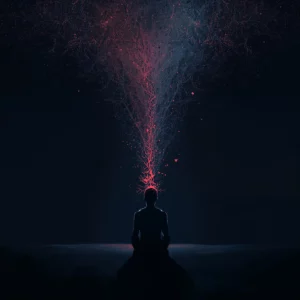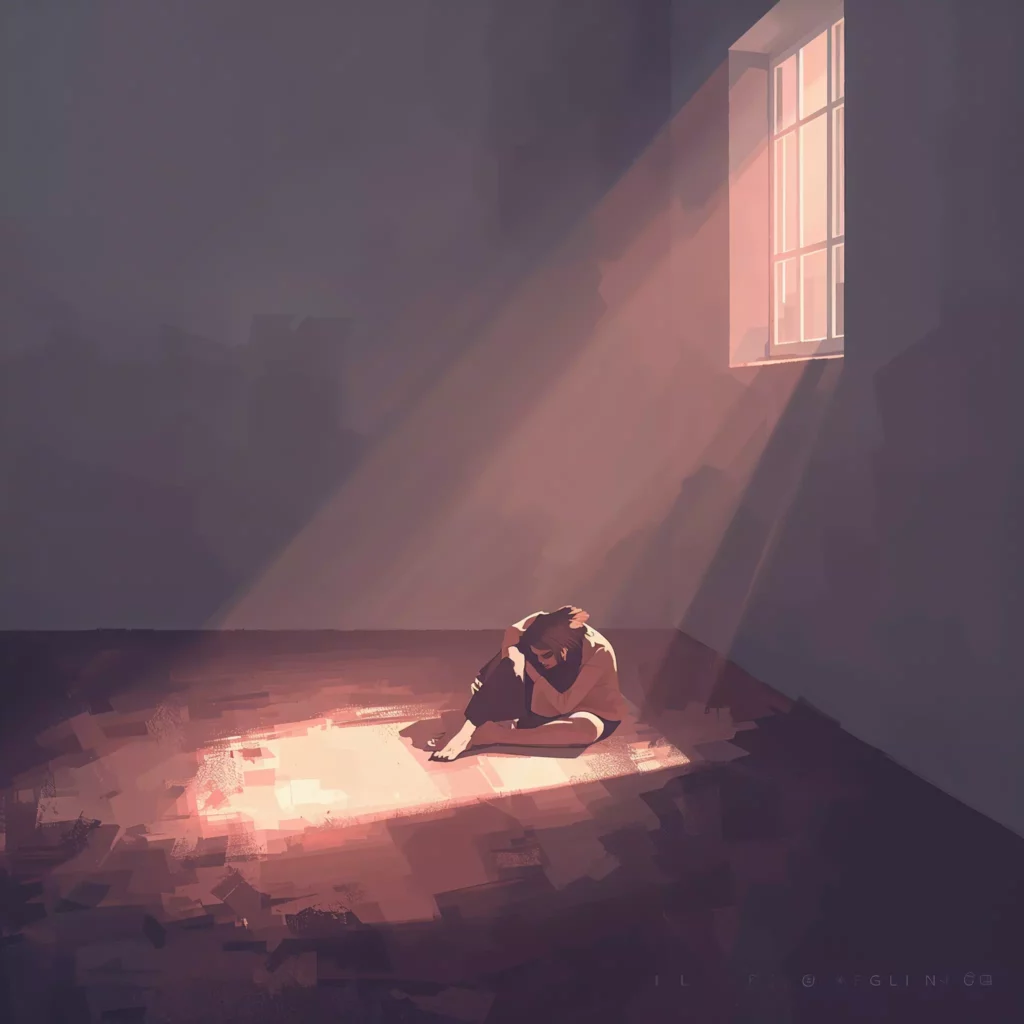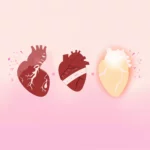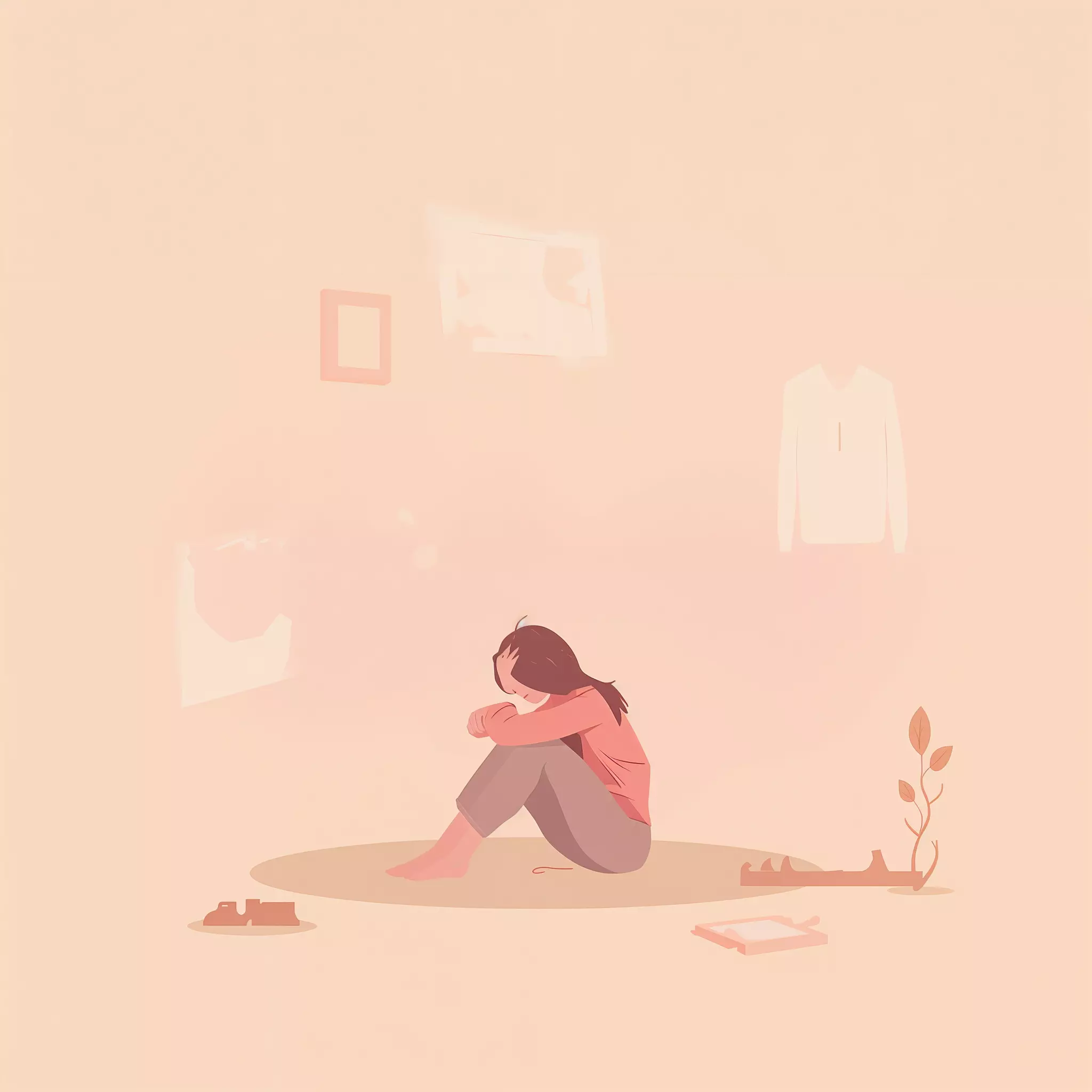Table of Contents
You wake up and for a split second, you forget.
Then it hits you.
They’re gone. And with them, something inside you feels missing too.
The morning light doesn’t warm you. Your chest is heavy. Friends say “you’ll get through this,” but their words drift past you like static. You’re not crying all the time—sometimes you’re just… flat. Other times, you’re drowning. Mostly, it feels like you’ve been dropped into a grief that has no edges, no map, no exit.
What if I never feel okay again?
If you’ve felt this, you’re not alone. And more importantly—you’re not broken. Breakup depression isn’t just sadness. It’s a full-body, full-mind experience of loss. And there’s a reason it feels like forever.
Why breakup depression feels physically unbearable
It’s not just “in your head.”
Brain imaging studies show that the same region responsible for processing physical pain—the dorsal anterior cingulate cortex—lights up when we experience emotional rejection or social loss.
In other words: heartbreak literally hurts.
That ache in your chest, the hollowness in your stomach, the weight on your shoulders—they’re all biologically real.
Your nervous system reacts to a breakup like it would to physical trauma. This explains why even the smallest reminders—a song, a scent, a memory—can trigger sharp, bodily pain.
You’re not being dramatic. You’re grieving with your entire being.

Why some people stay stuck in depressive grief
Grieving isn’t a straight line—it’s a pendulum.
The healthiest process, according to the Dual Process Model of Coping, involves oscillating between two modes:
- Loss orientation: crying, mourning, remembering
- Restoration orientation: rebuilding routines, reconnecting with life
But sometimes, the swing gets stuck.
You ruminate. You withdraw. You keep replaying what happened without moving toward what might come next.
Depression deepens when there’s no space for movement between feeling the pain and rebuilding your world.
The good news? The pendulum can swing again—with time, support, and compassion. You don’t have to push. Just don’t let your breakup depression convince you that motion is impossible.

Why Breakups Hurt So Much (Science of Heartbreak & Healing)
Let’s examine breakups in: Biology of love & loss, Attachment styles, Rejection psychology, Closure, Rumination, Grief
Tap here to read more →Why it feels personal—like something is wrong with you
If you’re wondering why your sadness feels so deeply personal, like a judgment on your worth, attachment science offers clarity.
People with insecure attachment styles—especially those with anxious or avoidant patterns—are more prone to post-breakup depression.
- Self-blame and harsh inner dialogue
- Emotional shutdown or obsessive rumination
- Difficulty self-soothing or asking for help
It’s not a flaw—it’s a reflection of emotional wiring that formed long ago.
And it can change, once seen and understood.

You’re not broken. You’re grieving.
It may not feel like it now, but this isn’t forever.
Breakup depression can feel like falling through the earth—but beneath the grief is a heart still beating and a mind still trying to survive.
You loved. You lost. And now you’re healing, even if you can’t see the progress yet.
Healing isn’t about forcing the pain away. It’s about making space for it.
It’s about learning that your feelings have roots—and roots take time to loosen.
Even if today feels endless, you’re already walking—slowly, shakily—toward a day that won’t hurt this much.
And that day will come.
FAQ
Q1. Why does depression after a breakup feel so unbearable?
Because heartbreak activates the same brain regions that process physical pain, making emotional loss feel deeply physical.
Q2. What causes people to stay stuck in post-breakup depression?
A lack of oscillation between grieving and rebuilding—known as the Dual Process Model—can trap people in depressive states.
Q3. How do attachment styles affect breakup recovery?
Insecure attachment styles, like anxious or avoidant, heighten vulnerability to depressive reactions and self-critical coping.
Q4. Is breakup grief the same as clinical depression?
They overlap in symptoms, but breakup grief is situational. However, it can evolve into clinical depression if unresolved.
Scientific Sources
-
K. Gehl et al. (2023): Attachment and Breakup Distress: The Mediating Role of Coping Strategies
Key Finding: Insecure attachment before a breakup predicted higher depression and anxiety, especially with self-punishing and avoidant coping styles.
Why Relevant: Explains how maladaptive coping and attachment issues prolong breakup-related depression.
https://www.ncbi.nlm.nih.gov/pmc/articles/PMC10727987/ -
Naomi Eisenberger & Matthew Lieberman (2008): Neural correlates of social exclusion and emotional pain
Key Finding: Rejection activates the brain’s pain center (dorsal anterior cingulate cortex), similar to physical pain.
Why Relevant: Shows that heartbreak literally hurts, validating why breakup depression feels so intense.
https://en.wikipedia.org/wiki/Broken_heart -
Margaret Stroebe & Henk Schut (1999): The Dual Process Model of Coping with Bereavement
Key Finding: Grief requires oscillation between sorrow and life rebuilding; lack of this leads to prolonged suffering.
Why Relevant: Explains how stuck grief prevents healing after a breakup, deepening depressive symptoms.
https://en.wikipedia.org/wiki/Dual_process_model_of_coping
- Breakup Grief vs Sadness: The Powerful Truth You Need to Know

- Breakup Grief Stages: Why You Can’t Skip One (and Why That’s Okay)

- Breakup Grief Timeline: How Long It Really Lasts and When Healing Begins

- Why the Stages of Grief After a Breakup Don’t Go in Order (and What It Really Means)

- Acceptance After a Breakup: Why It’s Not Peace but Powerful Progress

- Breakup Depression: Why It Feels Like You’ll Never Be Okay

- The Bargaining Stage of a Breakup: Escaping the ‘What If I Text Them?’ Trap

- Breakup Anger: The Untold Truth About the Rage Phase and How to Heal

- Denial After a Breakup: Why Numbness Is Normal (and Necessary)


Leave a Reply